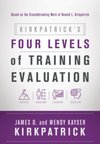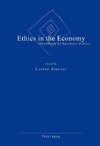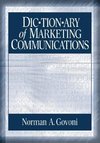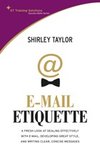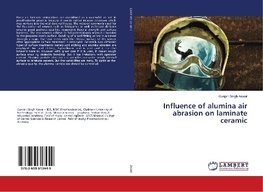
-
 Anglický jazyk
Anglický jazyk
Influence of alumina air abrasion on laminate ceramic
Autor: Gunjan Singh Aswal
Porcelain laminate restorations are considered as a successful variant in prosthodontic practice because it avoids radical invasive processes which may venture into the vital dentinal tissues. The material commonly used for the fabrication of veneers such... Viac o knihe
Na objednávku, dodanie 2-4 týždne
50.85 €
bežná cena: 56.50 €
O knihe
Porcelain laminate restorations are considered as a successful variant in prosthodontic practice because it avoids radical invasive processes which may venture into the vital dentinal tissues. The material commonly used for the fabrication of veneers such as feldspathic as well as lithium disilicate ensures good aesthetic qualities, reasonable flexural strength and surface hardness. The thin veneers achieve its full potential only when it is bonded to the prepared tooth surface. Bonding of a well fitting veneer is achieved through a resin. The resin binds with the internal surface of the veneer after appropriate surface treatment is employed. Generally two different types of surface treatments namely acid etching and alumina abrasion are employed. For acid etching, hydrofluoric acid is used and it has the inherent hazards. However with great care if it is used, it makes rough surface ensuring desirable bonding. But it has limitations with operator control. Alumina particle abrasion also provides adequate rough internal surface to laminate veneers. But the variabilities are many. To optimize the abrasive quality, the alumina particle size should be controlled.
- Vydavateľstvo: LAP LAMBERT Academic Publishing
- Rok vydania: 2018
- Formát: Paperback
- Rozmer: 220 x 150 mm
- Jazyk: Anglický jazyk
- ISBN: 9783659613449



